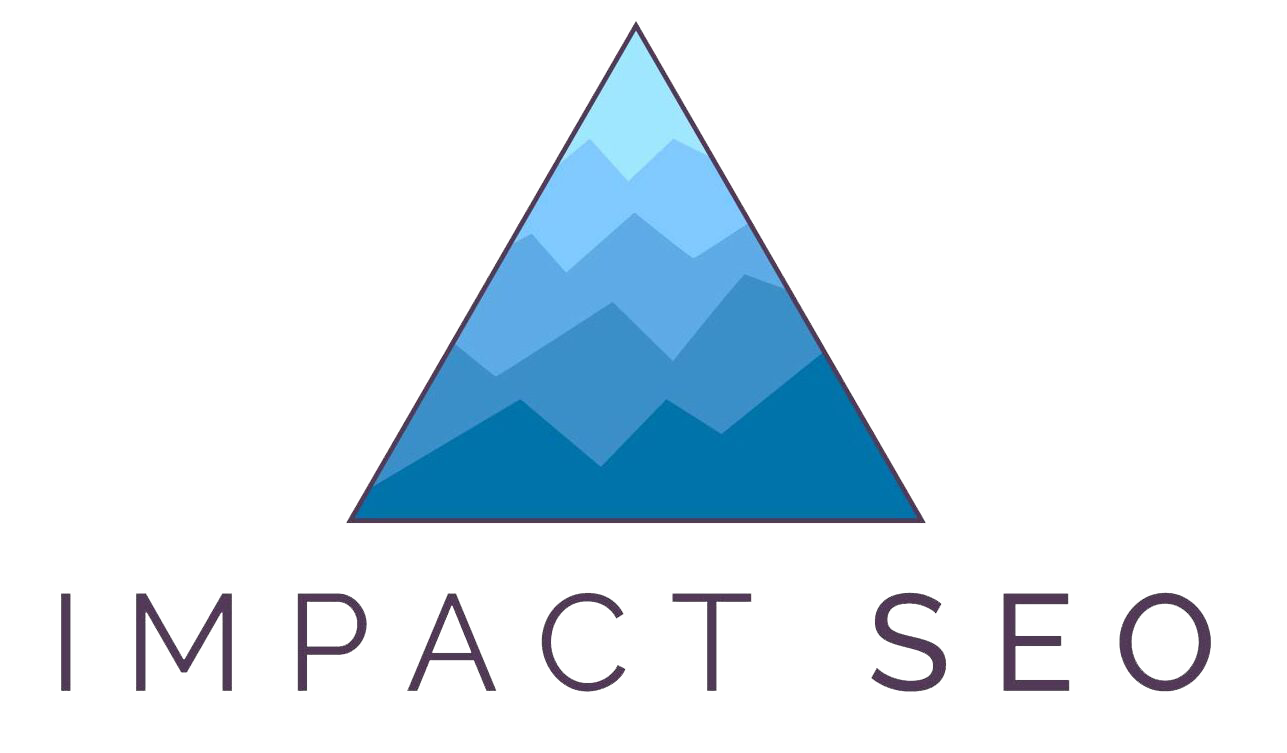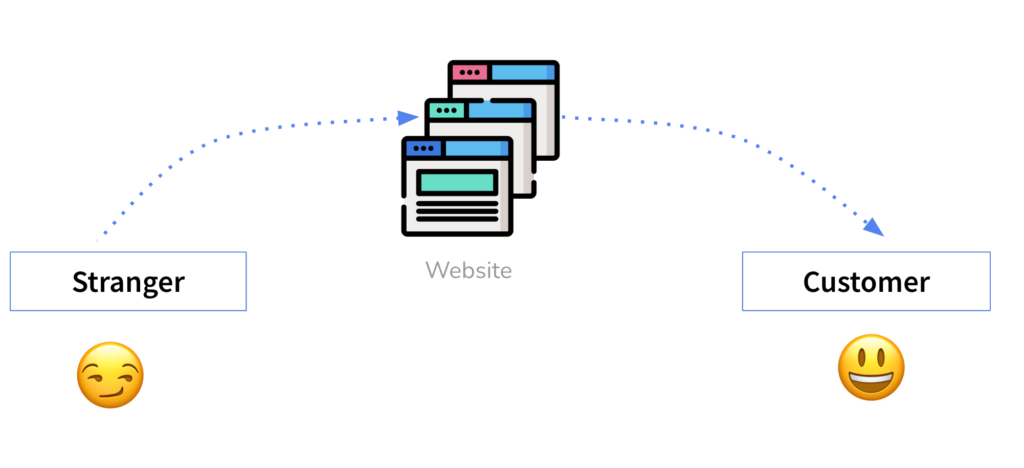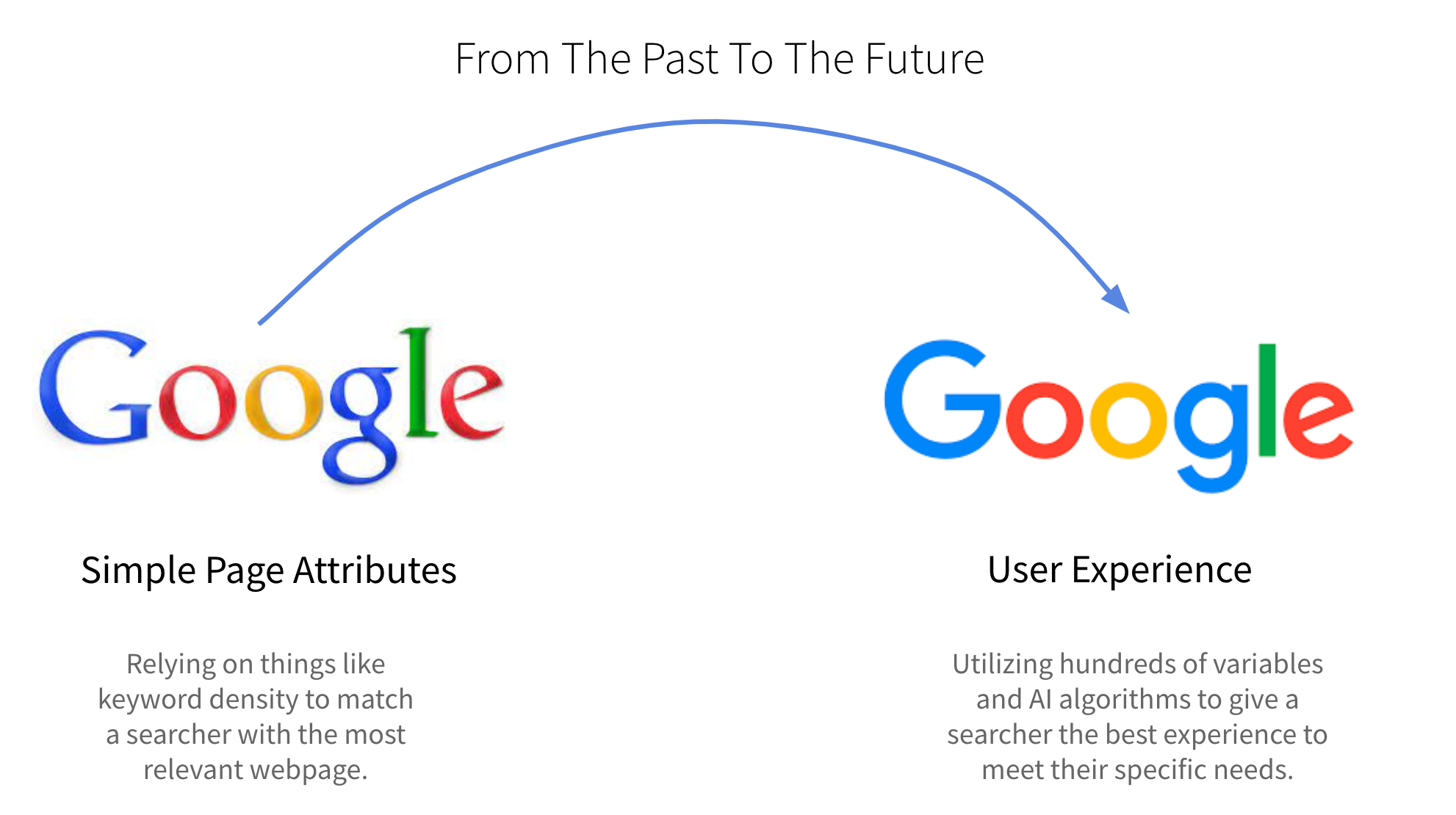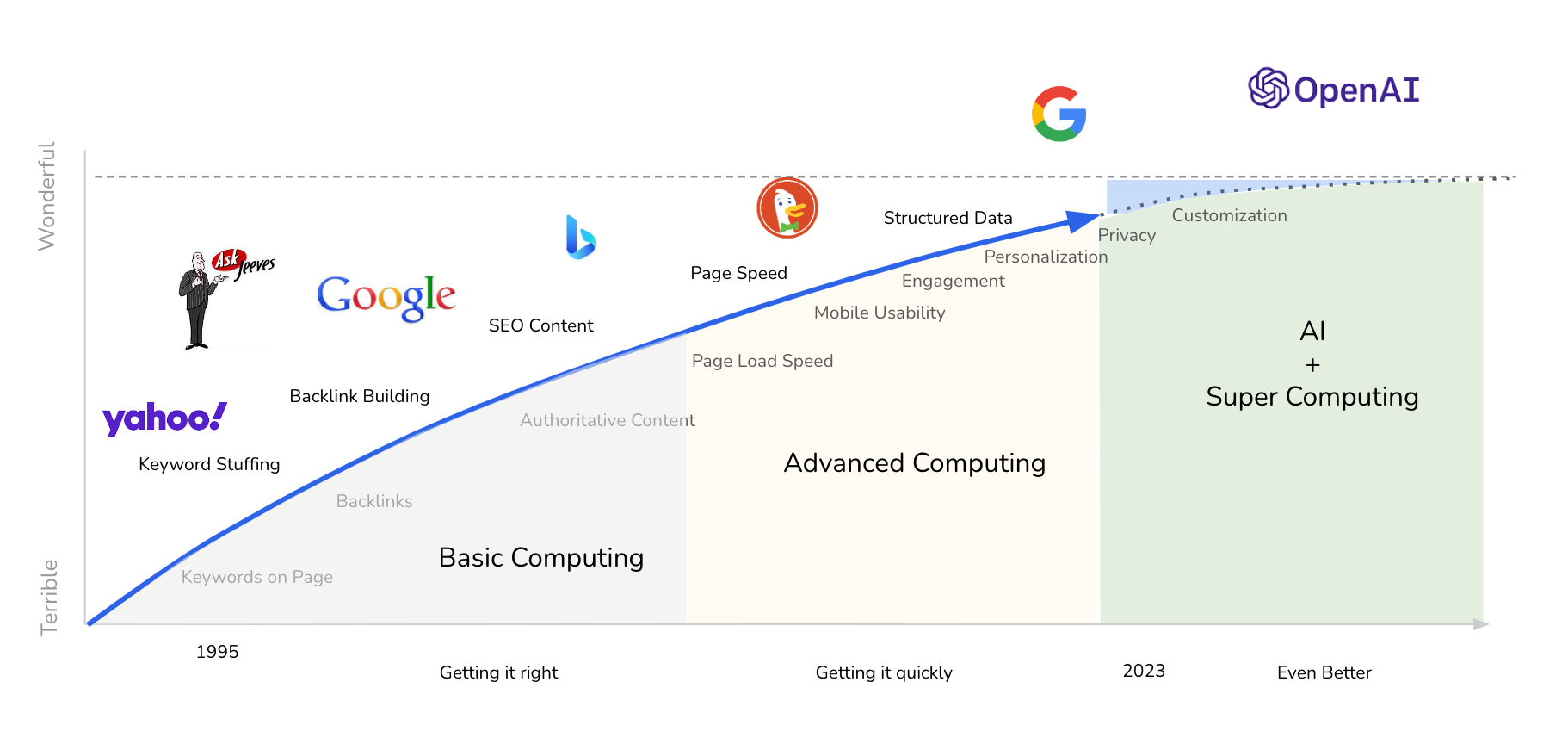After 10 years of digital marketing I’ve finally figured out what separates the great marketers from all the good and not-so-good marketers. Surprisingly it’s just a handful of small skills great marketers have that makes them 5-10x more effective than everyone else.
One of these skills is a form of architecture…
Just like an engineer would start with a clear plan and the right materials before building a bridge, effective marketers take the time to find and organize the information and materials they need to be able to market properly. This is just as true, if not moreso, in SEO. And it’s what we’re going to cover here.
We Are Bridge Builders
Websites are bridges. Bridges are an effective way to transport people over an obstacle, helping them get from where they are to where they want to be. Websites offer solutions that help people go from not knowing something to knowing something (an information bridge); or from not having something to having something (an ecommerce bridge). In marketing speak this is often referred to as moving from a state of discomfort (the problem) to a state of comfort (the solution).
Search engines like Google direct traffic. They interpret a searcher’s problem and give them a list of the best possible bridges to cross to help them find a solution.
If you’re considering buying an air fryer but don’t know what model to get, ask Google which one is best for cooking vegetarian or which one is the most affordable. Google will offer the best information bridges to help you get to where you’re going. These bridges may include personal review blogs, consumer rating websites, or a famous home chef’s personal recommendations.
Before we do any SEO work, we need to find out what type of bridge our potential customers need. Where are they now and where do they want to go?
From Our Customer’s Point of View: our bridge takes them from their current state of discomfort to a state of satisfaction.
From Our Vantage Point: our bridge takes them from a stranger to a customer.

As the architect of this bridge, our job is to understand who we want to cross it, where we want them to go, and how they are going to find it. With this foundational knowledge we can build an effective bridge with a steady flow of traffic.
The SEO Foundation
These are the building blocks for our bridge and the foundation for an effective SEO strategy.
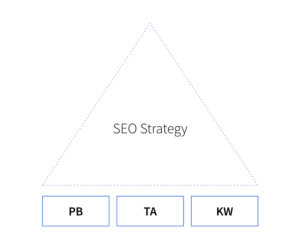
The key pieces include:
- Product / Service Brief (PB)
- Target Audience Brief (TA)
- Prioritized Keyword List (KW)
The Product Brief
Your product brief serves as a documentation of the unique value you’re offering and helps you spec out the bridge between your product or service and the people who need it.
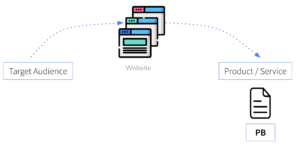
An effective product brief clarifies the relationship between a product or service and its customers. This can usually be accomplished by outlining the problem your product solves for your customers.
Additional components of a product brief often include a description of:
- What the product or service is
- Who the product or service is for
- Why your customers choose you over your competitors (what differentiates you)
The magic of the PB comes from nailing the underlying motivations our customers have… what discomfort are they experiencing and how does your product or service fix that?
Many business owners and even experienced marketers think they know what problem they are solving, but they actually don’t. If you miss the target here you’re building upon a shaky foundation. A considerable portion of the value of a product brief is slowing down and taking the time to think through these things carefully (something we often gloss over in the midst of day-to-day activities).
We’ll expand on how to get to the core wants and needs of a target audience in a future post, but if you’re curious now, I recommend reading: This Is Marketing by Seth Godin
The Target Audience Brief
On the other side of our bridge awaits our target audience. Documenting who they are and what they want helps us get the details right. Using this documentation helps keep us on course as we begin building and executing our SEO strategy. Bonus: it also helps other people we work with like researchers, writers, and designers, to stay on course.
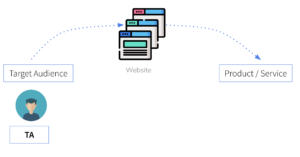
The most important parts of a target audience brief are defining:
- The Problem and Solution – what discomfort does our buyer have that our product is fixing?
- Segments – do we have different types of customers? If so, they should be separated and each should have their own distinct problem and solution. They may require different lanes on our bridge or even their own dedicated bridge.
Including additional information about each segment will help improve your communication with them thereby making your marketing more effective. Common things to include are:
- Tone and voice – the difference between writing for an elderly audience vs college graduates will be quite significant
- Vocabulary – what words will resonate with them? This is a great place to list out positive and negative industry buzzwords
- Values – ideas, concepts, and core values that are important to embody in your communication.
In the final foundational piece we’re going to use the information we’ve documented about our product and the customers who buy it to prioritize our most important keywords – the queries these potential customers are most likely to type into the Google search bar.
Prioritized Keyword List
You can think of keywords as the signage that indicates to our target audience that we have a safe and easy path for them; One that will help them cross from the land of discomfort, over the dark waters of uncertainty, and into the land of satisfaction. The key here is to find out what signs our target audience is searching for (keywords) and which of those signs match up with what we can provide for them (product or service).
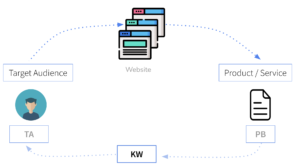
A critical aspect of this final piece is the word “prioritized”. Most SEOs start with a list of keywords, but few prioritize that list properly. Missing this step can mean none of our signs get seen, ie. our keywords don’t rank on the first page, or we start ranking for keywords that bring the wrong people to our business.
The key to building a prioritized keyword list is to understand and integrate these 4 variables into your list of keywords:
- Current Rank
- Relevance
- Funnel Stage
- Competition
Note that I didn’t include the most common keyword metric: search volume. Misunderstanding search volume can completely derail your SEO strategy and unless you really understand it I recommend paying only a small amount of attention to it.
Learn More: The Role of SV in Modern SEO
For the sake of building an effective keyword list, you can follow a simple rule: If there is any search volume for the keyword, include it on your list, then focus on the core 4 variables listed above. If no one is searching for the phrase you’ve researched then it usually isn’t a good phrase to target (there are exceptions to this rule…).
Here’s how to define each of the key 4 variables:
